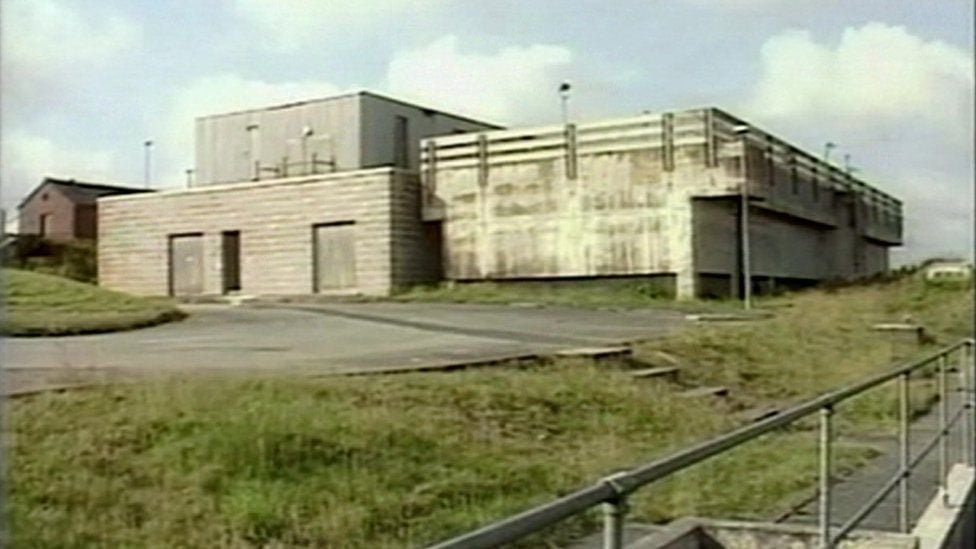The Camelford water contamination was a mass poisoning of 20,000 people that went unnoticed for 22 years. But did you know how the poisoning started and what solutions were done to resolve the issue?
The Camelford Water Disaster in 1988 was the UK’s worst mass poisoning incident. Twenty tonnes of aluminum sulfate were accidentally added to the water supply, sickening thousands. Inquests into the deaths of people who died many years later discovered extremely high levels of aluminum in the brain.
What Caused the Contamination?
In 1988, twenty tonnes of aluminum sulfate were mistakenly poured into the wrong tank at a treatment plant. North Cornwall MP Dan Rogerson said he had asked public health minister Anna Soubry to investigate the incident further.
He stated that the minister assured him that the government wanted more research. On July 6, 1988, a relief delivery driver inadvertently tipped aluminum sulfate into the wrong tank at the unmanned Lowermoor water treatment works, affecting approximately 20,000 homes.
The chemical used to treat cloudy water was dumped directly into the main water supply. People in the area reported a variety of health issues at the time, including stomach cramps, rashes, and diarrhea.
According to a report published in April by the Committee on Toxicity of Chemicals in Food, Consumer Products, and the Environment’s Lowermoor subgroup, the incident was “unlikely” to have caused long-term health effects. It did, however, make recommendations for additional research.
Rogerson was part of a county delegation that met Ms. Soubry on Tuesday to request the research, including Truro and Falmouth Conservative MP Sarah Newton and former North Cornwall Liberal Democrat MP Lord Tyler. (Source: BBC)
The Camelford Water Impact
Rogerson described the meeting as helpful, and the minister stated that the Department of Health would implement the recommendation.
We must get to the bottom of any long-term impact on the health of people who may have been exposed to the contaminated water.
Dan Rogerson, Member of Parliament
Despite the sub-group report, there are concerns that the poisoning impacted people’s health. Carole Cross, who died in 2004 at the age of 59, was a resident of the area at the time. A post-mortem examination revealed that her brain contained abnormally high levels of aluminum.
Last year, West Somerset Coroner Michael Rose stated that while water poisoning could have contributed to her death, it was only a slight possibility that it caused it. (Source: BBC)
Health Issues Associated with the Contamination
In July 1988, a relief lorry driver accidentally added 20 tonnes of aluminum sulfate to drinking water at the Lowermoor treatment works, affecting approximately 20,000 customers.
Prof Exley of Keele University testified at the Taunton inquest that, even though the incident occurred 24 years ago, people living in Camelford at the time could help remove aluminum from their brains by drinking at least one liter of mineral water with a high silicon content of more than 30mg daily.
Cross’s inquest heard in 2010 that on the night of the incident, the then-South West Water Authority (SWWA) was inundated with hundreds of complaints about dirty, foul-tasting water. However, the authorities insisted that the water was safe to drink, and no public warnings were issued for at least two weeks.
Residents reported stomach cramps, rashes, diarrhea, mouth ulcers, and aching joints, and some even claimed their hair had turned green due to copper residues. Cross lived on the outskirts of town before relocating to Dulverton, Somerset. In 2004, she died at Taunton’s Musgrove Park Hospital. (Source: BBC)
Image from BBC
